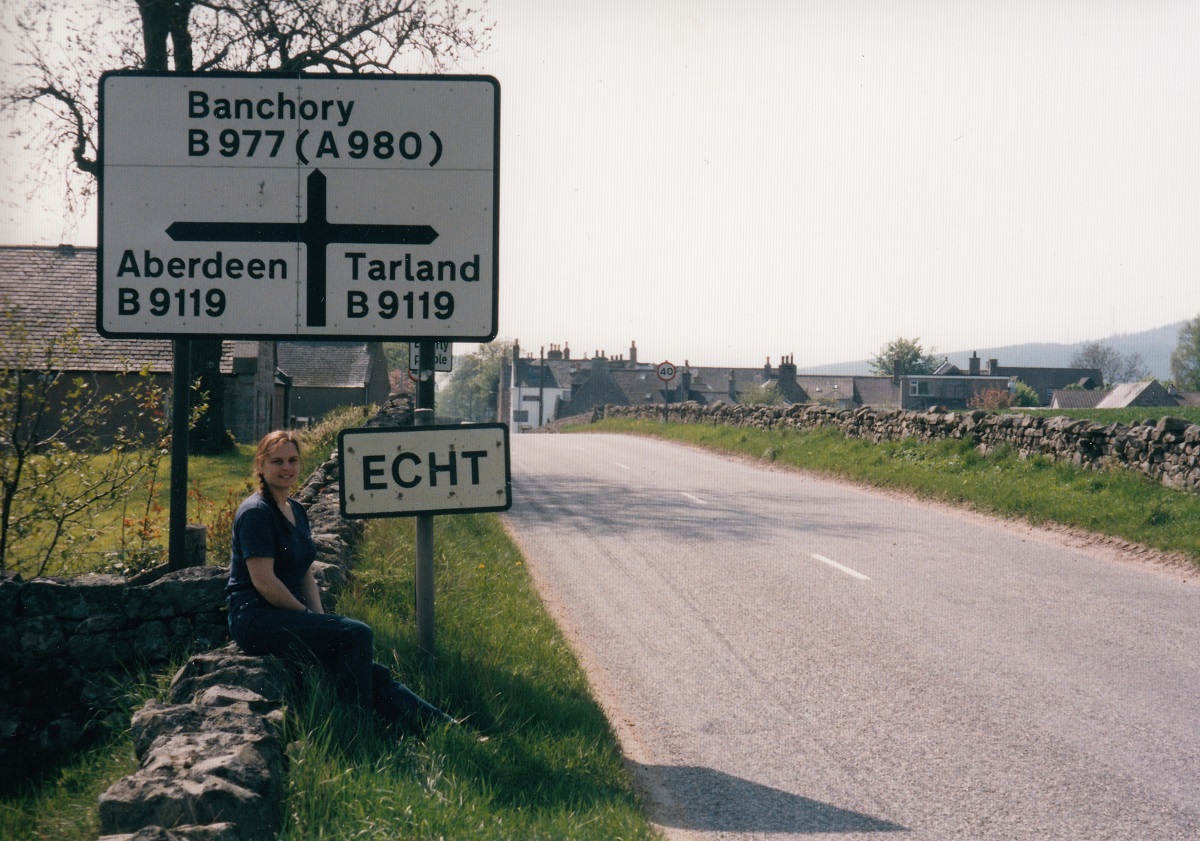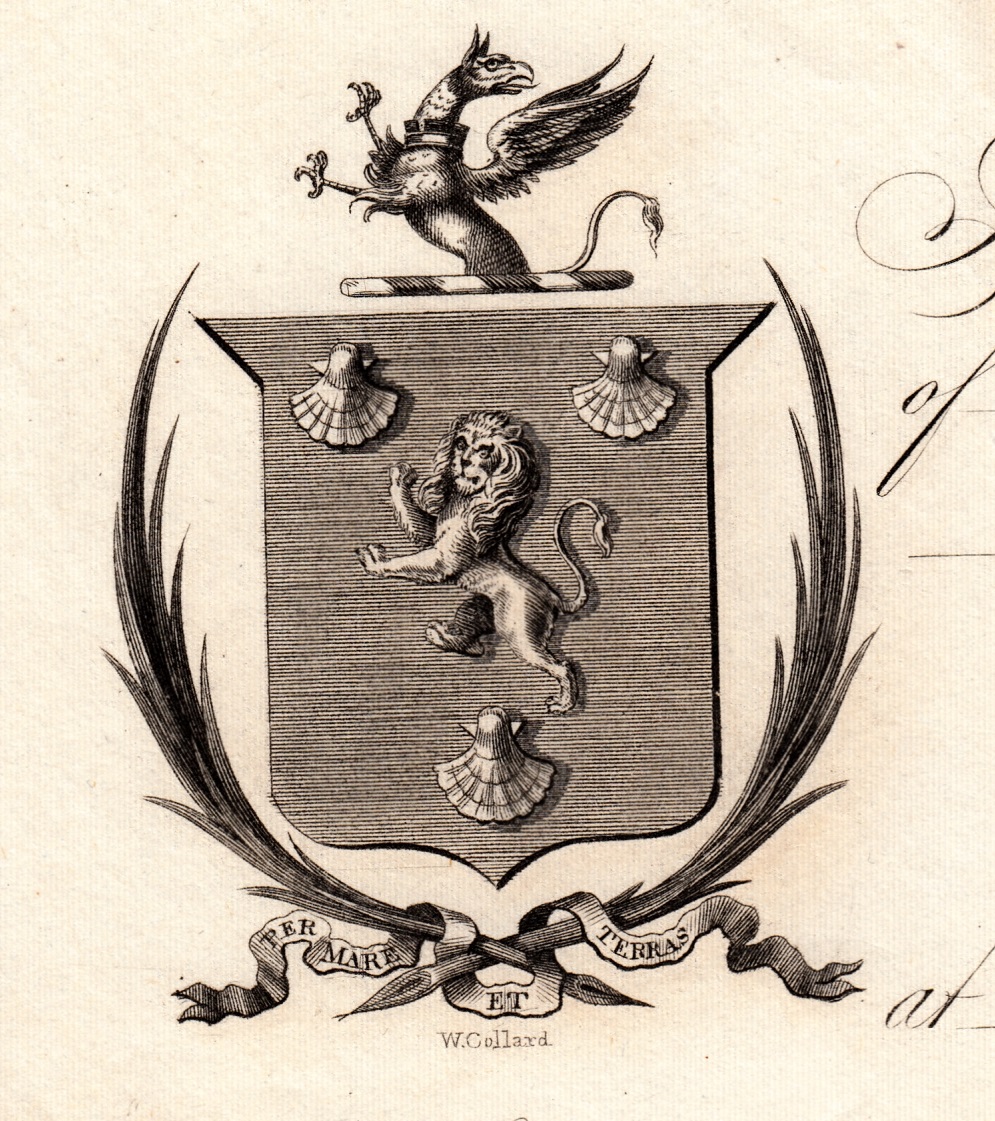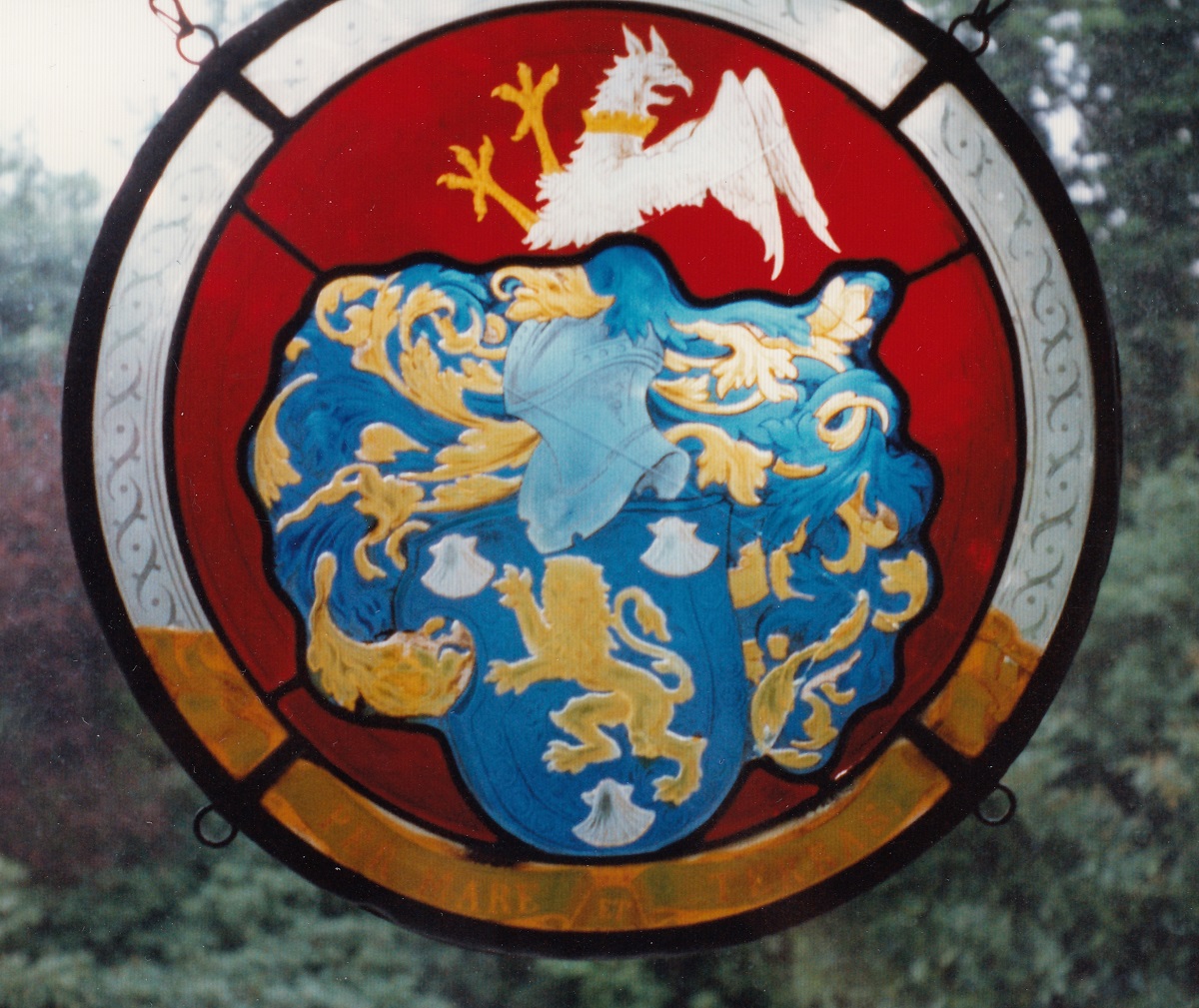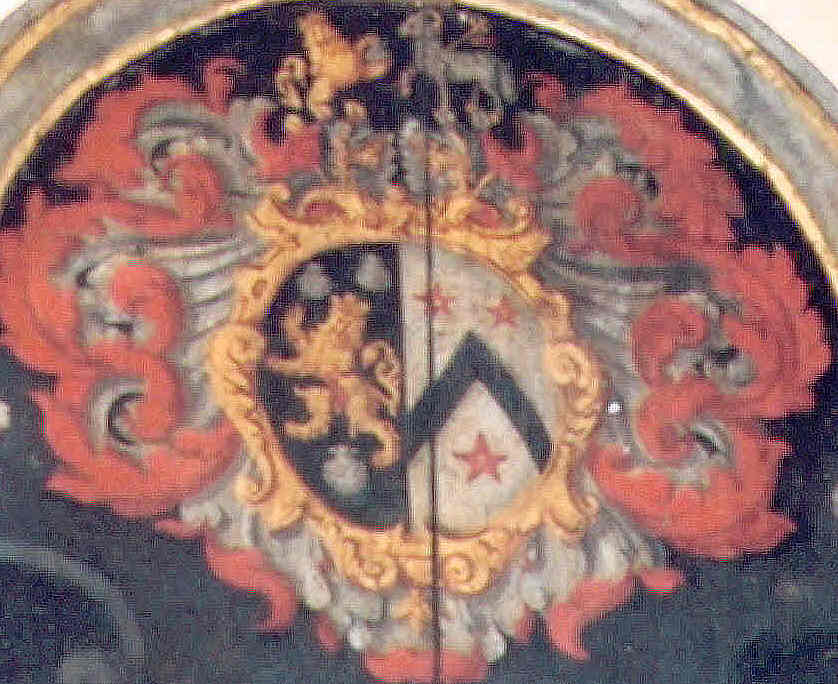|
Spelling: Gibbon or Gibbons
|
But these dates do not make sense,
given the dates for Arthur Gibbon's children and grandchildren.
How could a man born in 1614 have a grandchild born in 1757?
How could a man who died c.1686 have a daughter who gave birth in 1752?
Arthur being born about 1670 makes more sense.
We begin with:


Tillioch, SW side of Echt.
From 1843-1882 map.

James Gibbon and William Gibbon, tradesmen,
are listed
at Tillioch, Echt parish, in
[Poll book, 1696].
From p.205 of vol.1 of the 1844 publication.
[Jervise, 1879]
thinks this is our family.
Parish of Echt is pp.203-217.
I cannot see any other Gibbons in the parish.

Echt on
Roy Military Survey of Scotland, 1747-1755.
"Tullyhook" would be Tillioch.

Echt, Aberdeenshire.
Photo 1998.
See larger
and full size.
See modern
street view.
| Date | Page | Event | Source | Surname |
| 1729 | William Gibbon | William mar | St.Nicholas' church, Aberdeen | Gibbon |
| 1731 | Innes | Margaret Gibbon mar | Nigg | Gibbons |
| 1732 | William Gibbon | Jean bapt | Nigg | Gibbons |
| 1733 | Alexander Gibbon | Anna bapt | Nigg | Gibbons |
| 1734 | William Gibbon | Capt. William bapt | Nigg | Gibbons |
| May 1737 | Duncan | Ann Gibbon mar | Nigg | Gibbons |
| Sept 1737 | Alexander Gibbon | Martha bapt | Nigg | Gibbons |
| 1738 | William Gibbon | Capt. Robert bapt | Nigg | Gibbons |
| 1744 | Alexander Gibbon | Margaret bapt | Nigg | Gibbons |
| 1747 | Alexander Gibbon | Charles bapt | Nigg | Gibbons |
| 1748 | Robert Gibbon | Arthur bapt | Nigg | Gibbon |
| 1750 | Robert Gibbon | Charles bapt | Nigg | Gibbons |
| 1752 | Robert Gibbon | Alexander bapt | Nigg | Gibbon |
| Feb 1755 | Capt. Arthur Gibbon | Capt. Arthur mar | Nigg | Gibbon |
| Sept 1755 | Robert Gibbon | Robert junior bapt | Nigg | Gibbon |
| 1756 | Capt. Arthur Gibbon | Christian bapt | St.Nicholas' church, Aberdeen | Gibbon |
| 1757 | Robert Gibbon | Anna bapt | Nigg | Gibbon |
Our family is Gibbon of Aberdeenshire, Scotland.
They have no known connection to Gibbon of England.
However in the 19th century they were granted the right to use a version of these Gibbon arms.
The expense book of Arthur Augustus Gibbon
records periodic payments of fees
to the
College of Arms
for an Armorial Bearings Licence, various dates 1878 through 1893.
Arthur Augustus Gibbon used the arms constantly.
The papers of our Gibbon family
focused on the grant of Gibbon arms to Gibbon of Dorset in 1681.
Though there is no known connection to our family.
Arthur Augustus Gibbon had the stained glass crest
made in 1881,
on the 200th anniversary of the grant of arms
in 1681.
However, the Gibbon arms are older than 1681.
Gibbon of Dorset
are only one Gibbon family to whom the arms (or similar) were granted.
The motto:
The motto used by
our Gibbons
is "Per Mare et Terras"
("By sea and land").
Our Gibbons, of Aberdeen, were a maritime family.
I am not sure if this motto was invented for
our Gibbons in the 19th century, or is older.


The Gibbon coat of arms.
Stained glass in our family.
Painted for
Arthur Augustus Gibbon by
"Herr Ziebert" in 1881.
See larger
and full size.
See other shot.

Arms of a Thomas Gibbons, dated 1660.
Christow church, Devon.
From Christine Gibbins.
Please donate to support this site.
I have spent a great deal of time and money on this research.
Research involves travel and many expenses.
Some research "things to do"
are not done for years, because I do not have the money to do them.
Please Donate Here
to support the ongoing research and
to keep this website free.